Building creative careers: Mexico City’s Centro unveils new campus
Mexico's Centro unveils new campus in the heart of the city
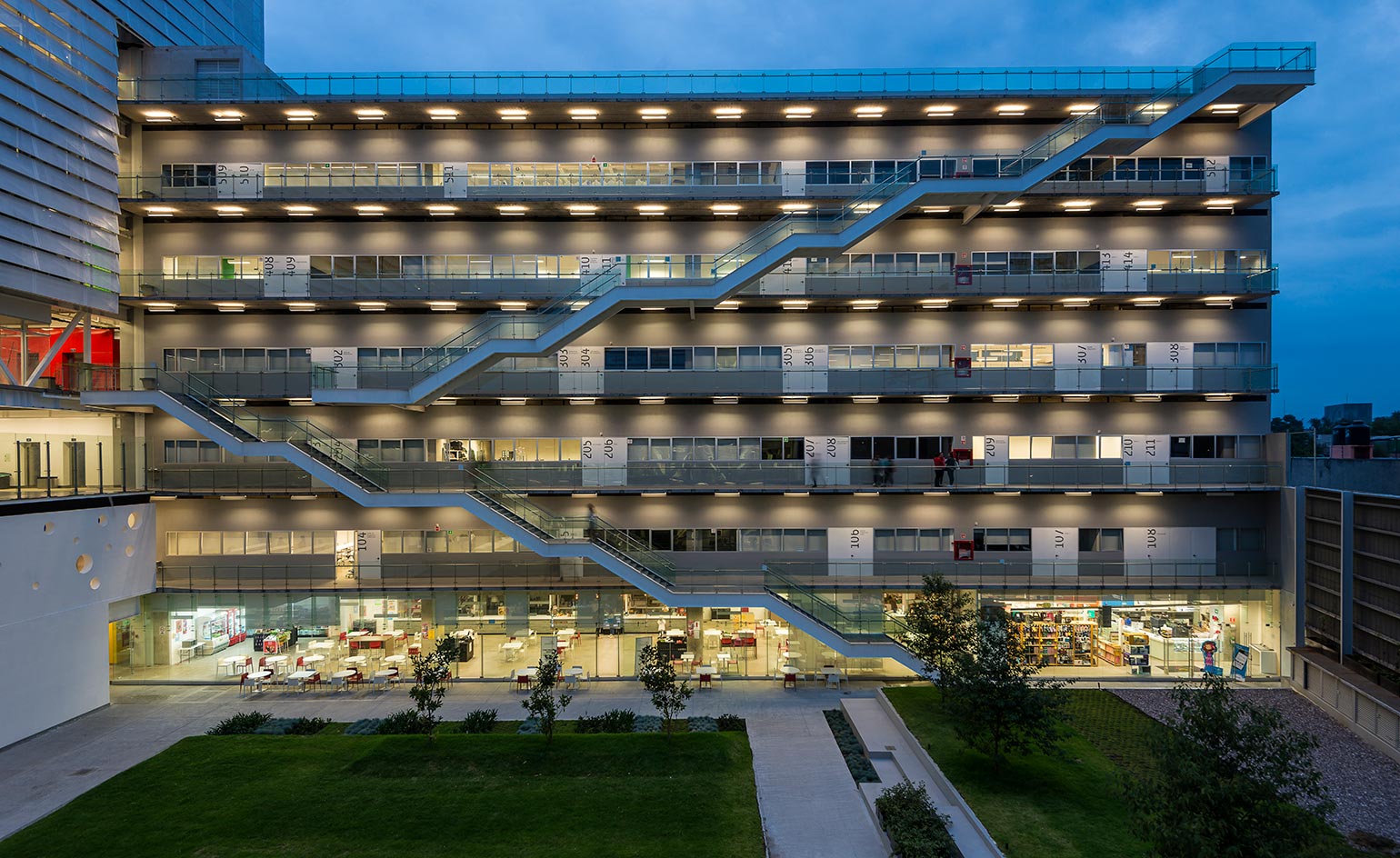
For the last decade, Centro – the school of higher education dedicated to creative careers in Mexico City, founded by Gina Diez Barroso de Franklin and Abraham Franklin – has focused on preparing its students for jobs in design, communication, marketing, film and digital media. 'The reason we called it Centro is because we thought that the school has to engage with culture, with society in general,' says general director Kerstin Scheuch.
When they saw that Centro was outgrowing its campus, they commissioned one of the country’s biggest architectural talents, Enrique Norten and his firm, TEN Arquitectos to build over a 5,600 sq m site on Avenida de los Constituyentes.
Norten designed 26,000 sq m of space, including 2,500 sq m of green space and a 450-seat auditorium. Stunning views surround much of the site. The centerpiece of the campus is an expansive 9,687 sq ft staircase composed of black granite and white resin and decorated with the floral swirls of Dutch-born, Mexican-based artist Jan Hendrix. Norten intended for it to be a gathering place.
'It’s where people move to bring them into that space, to energise the space, for young people to meet each other, to see each other, to hang out,' explains the architect. Rather than hide the campus’ stairs and pathways, Norten wanted the students and teachers to move about freely, adding two staircases that also accentuate the structure with their zigzags. 'I wanted people to really have to go through the whole building to get to different places. So they could use those stairs, they could use these stairs, and move to other places – you can discover the building in many different ways.'
The structure was built according to Leed platinum certification standards; 50 per cent of all the building's areas are naturally ventilated, thanks to perforated metal walls, while 50 per cent of its construction materials were sourced locally. All of the rainwater is reused, and all of the residual water is recycled. Additionally, 25 per cent of consumed energy is solar generated.
Diez Barroso de Franklin believes that good design impacts productivity, subsequently furnishing the school’s classrooms with brands like Kartell, Technica and Vitra. Desks made by the latter have the capability of moving throughout the classrooms, while Kartell chairs provide ergonomic seating. 'There have been studies that if you work on places like this with good furniture, you work better,' she said.
Although the school is for-profit, scholarships will be given to any student who proves he or she is qualified. 'It’s all about giving them an opportunity,' says Diez Barroso de Franklin.
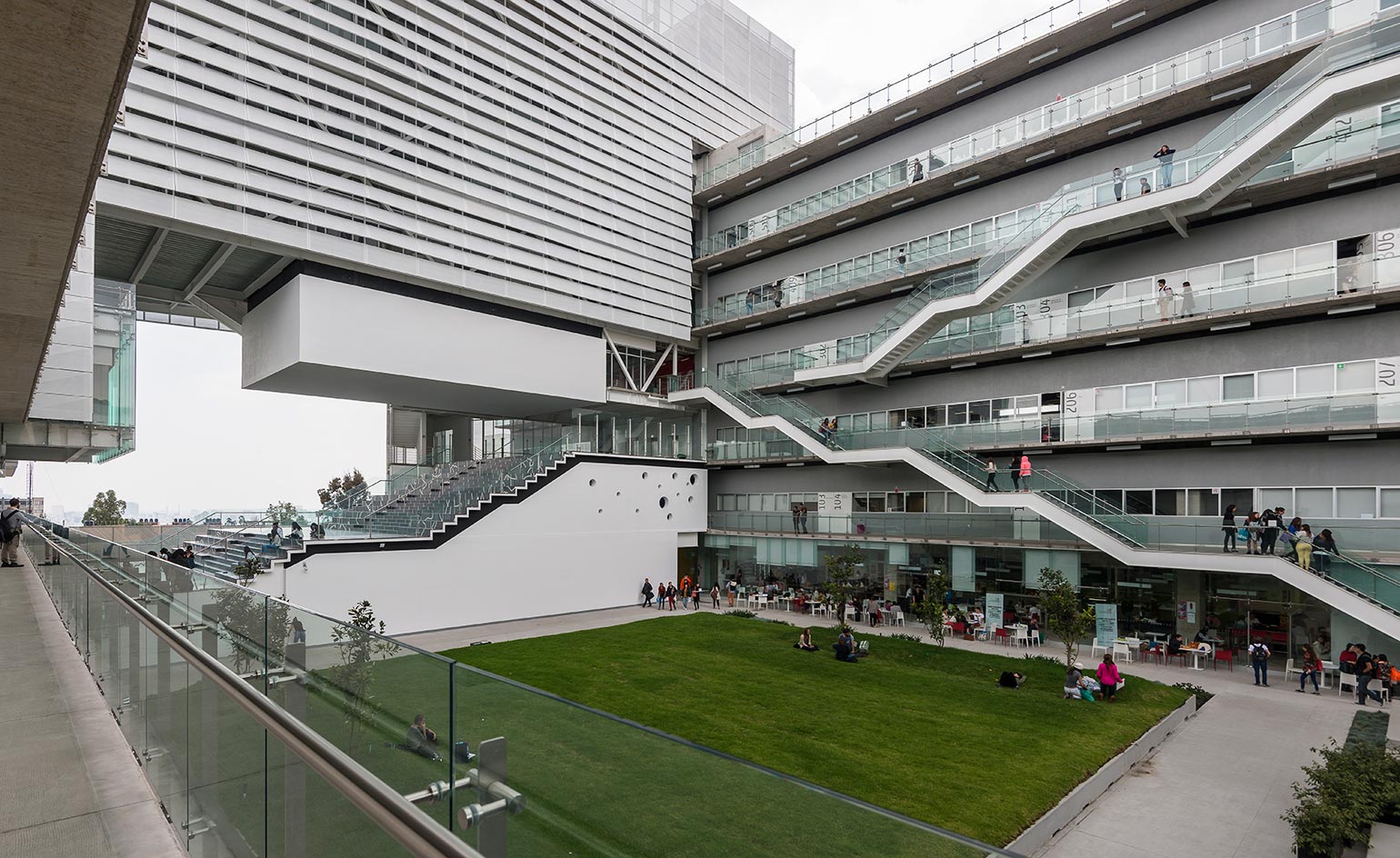
When its founders saw that Centro was outgrowing its campus, they commissioned Enrique Norten and TEN Arquitectos to build over a 5,600 sq m site on Avenida de los Constituyentes
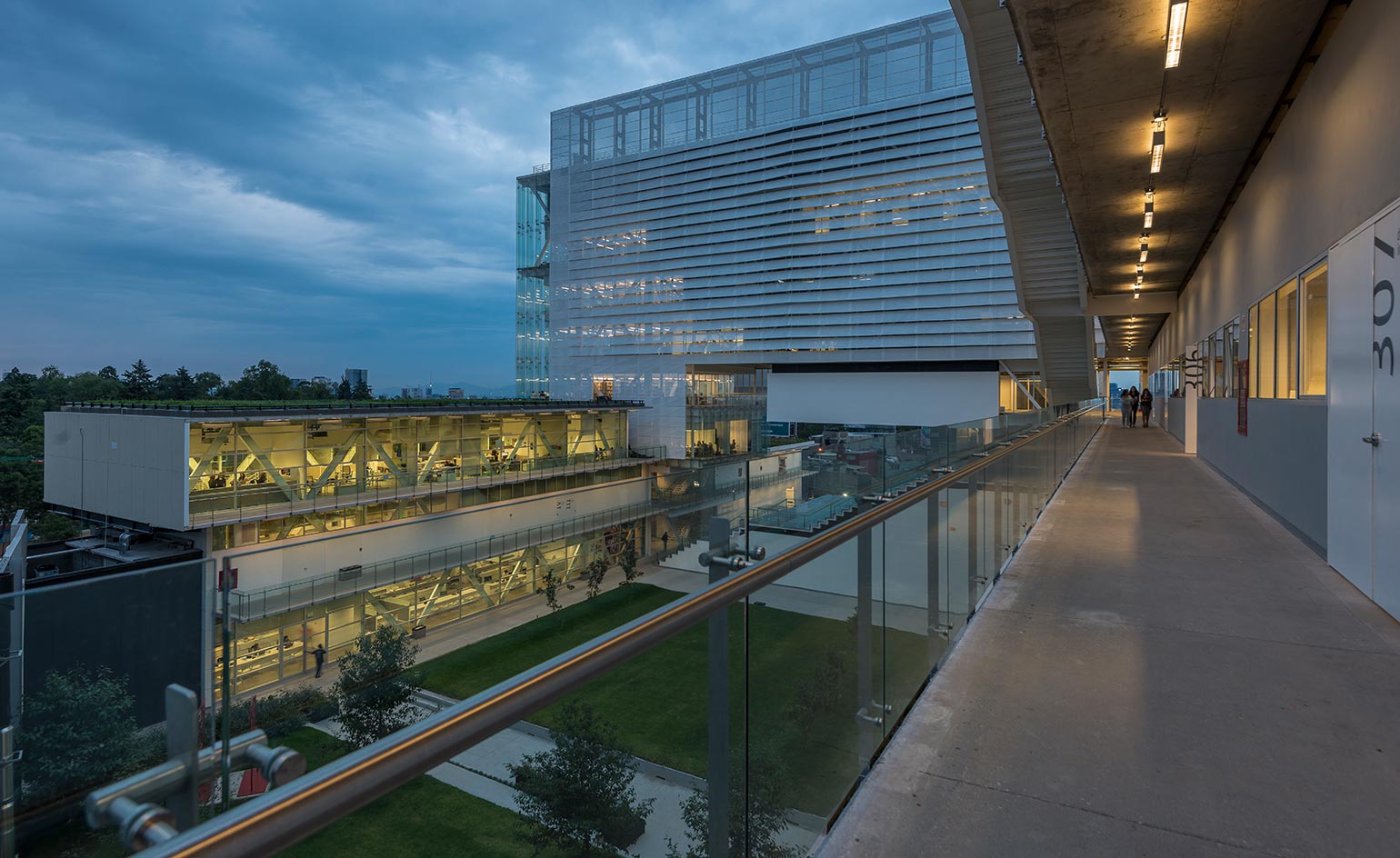
Stunning views surround much of the site
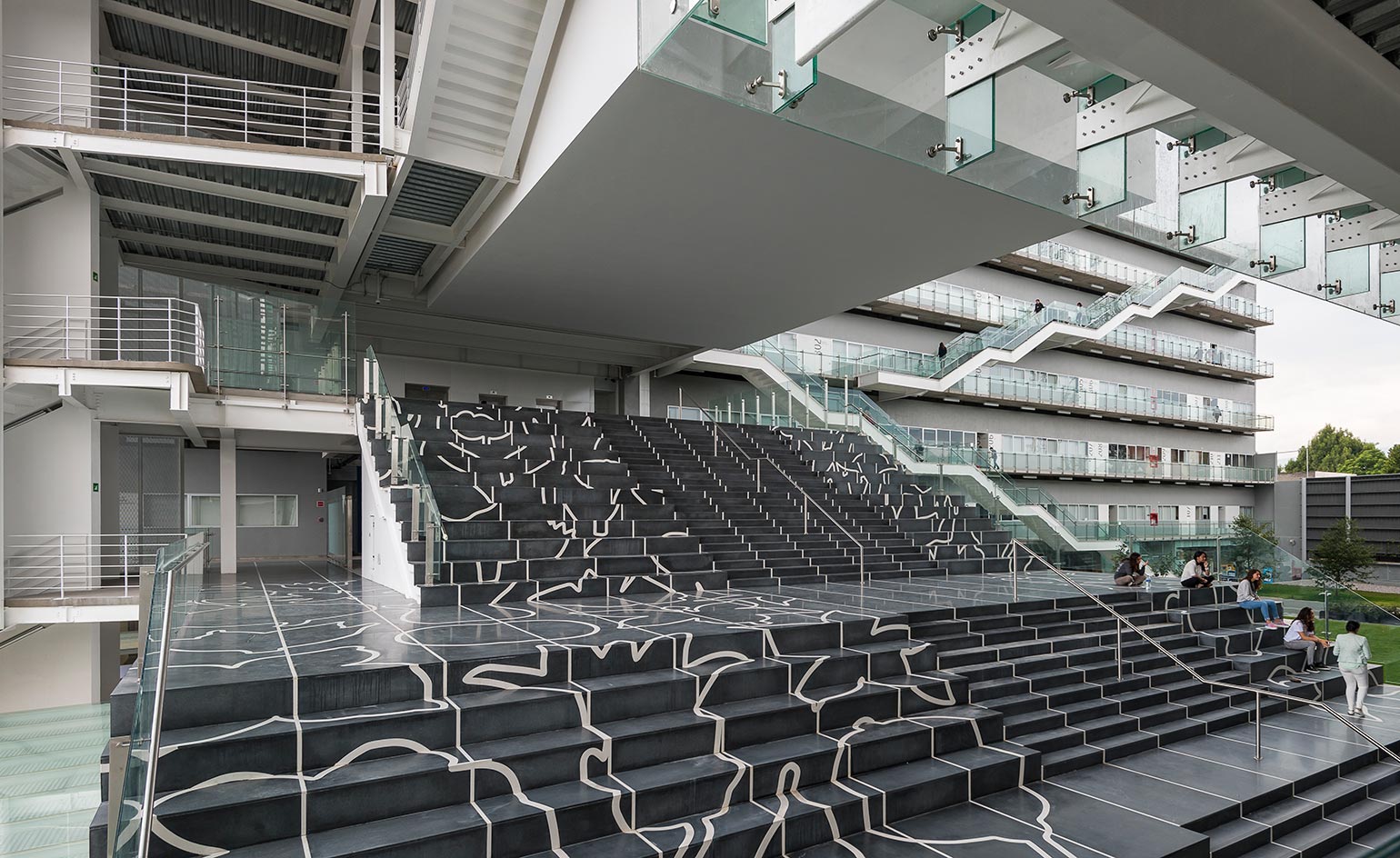
The centerpiece of the campus is an expansive 9,687 sq ft staircase composed of black granite and white resin
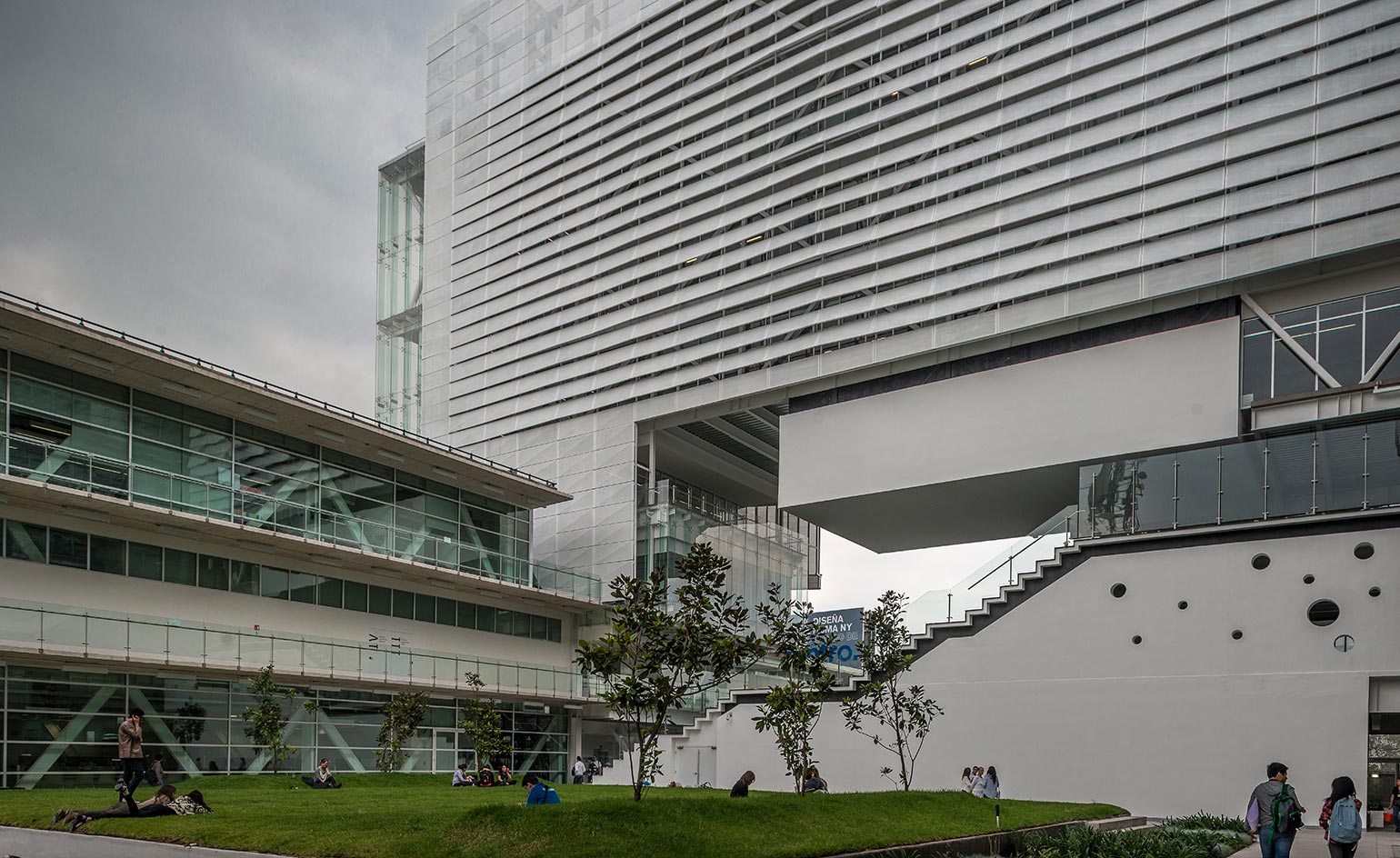
Norten designed 26,000 sq m of space, including 2,500 sq m of green space and a 450-seat auditorium
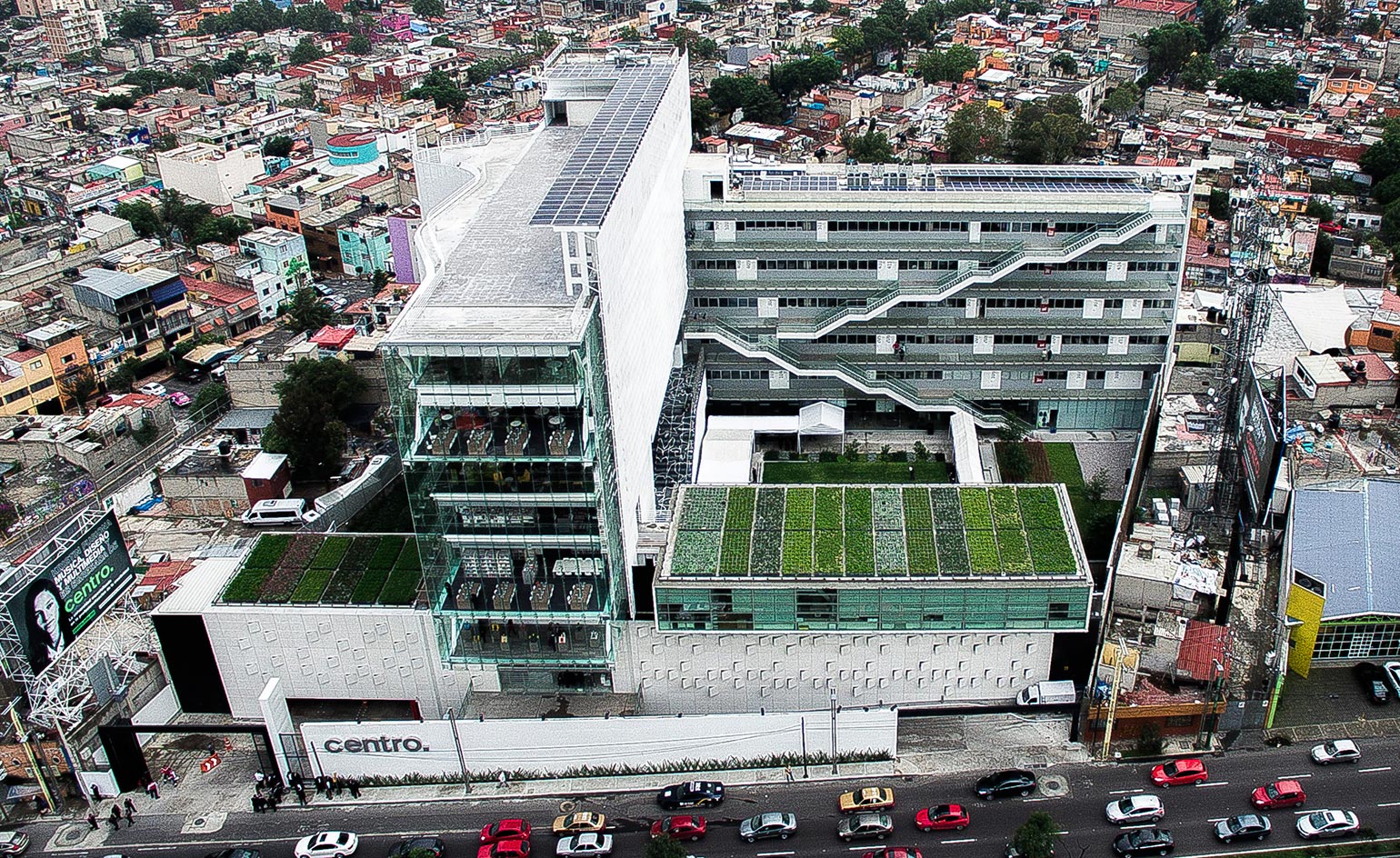
'The reason why we called it Centro is because we thought that the school has to engage with culture, with society in general,' says general director Kerstin Scheuch
INFORMATION
Photography courtesy of Centro
Wallpaper* Newsletter
Receive our daily digest of inspiration, escapism and design stories from around the world direct to your inbox.
Ann Binlot is a Brooklyn-based freelance writer who covers art, fashion, design, architecture, food, and travel for publications like Wallpaper*, the Wall Street Journal, and Monocle. She is also editor-at-large at Document Journal and Family Style magazines.
-
 The Sialia 45 cruiser is a welcome addition to the new generation of electric boats
The Sialia 45 cruiser is a welcome addition to the new generation of electric boatsPolish shipbuilder Sialia Yachts has launched the Sialia 45, a 14m all-electric cruiser for silent running
By Jonathan Bell
-
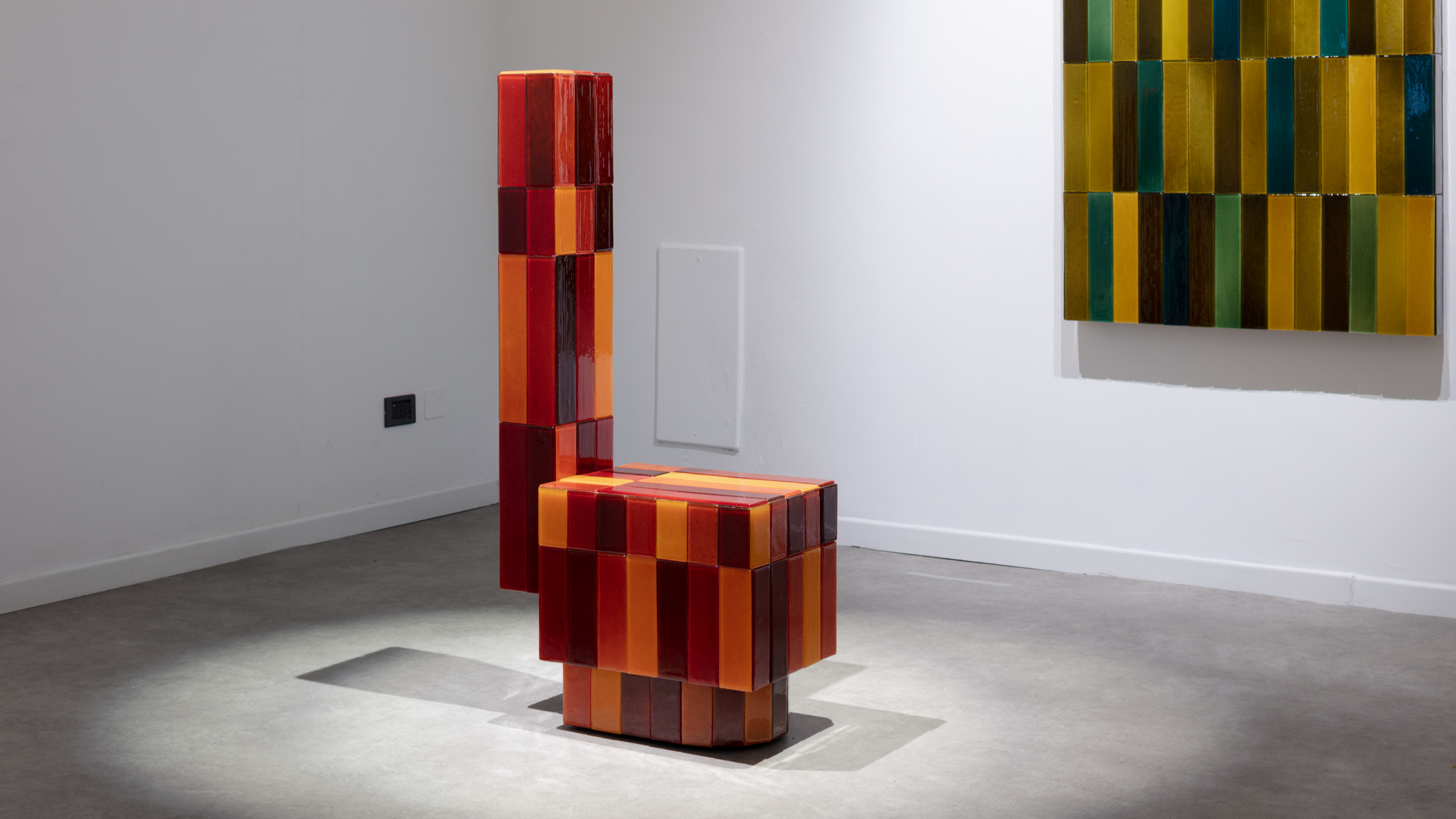 Tokyo design studio We+ transforms microalgae into colours
Tokyo design studio We+ transforms microalgae into coloursCould microalgae be the sustainable pigment of the future? A Japanese research project investigates
By Danielle Demetriou
-
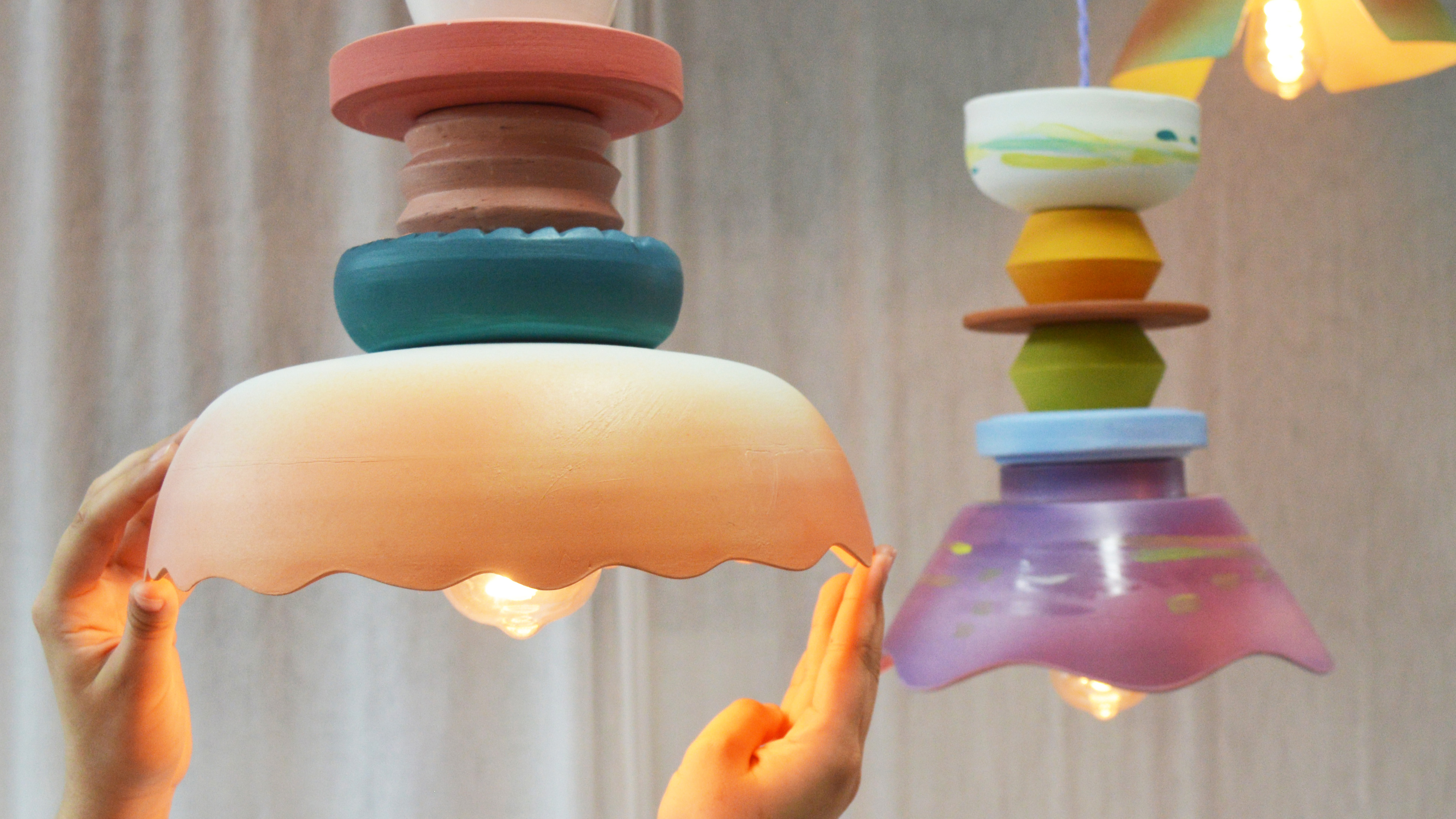 What to see at London Craft Week 2025
What to see at London Craft Week 2025With London Craft Week just around the corner, Wallpaper* rounds up the must-see moments from this year’s programme
By Francesca Perry
-
 Tour the wonderful homes of ‘Casa Mexicana’, an ode to residential architecture in Mexico
Tour the wonderful homes of ‘Casa Mexicana’, an ode to residential architecture in Mexico‘Casa Mexicana’ is a new book celebrating the country’s residential architecture, highlighting its influence across the world
By Ellie Stathaki
-
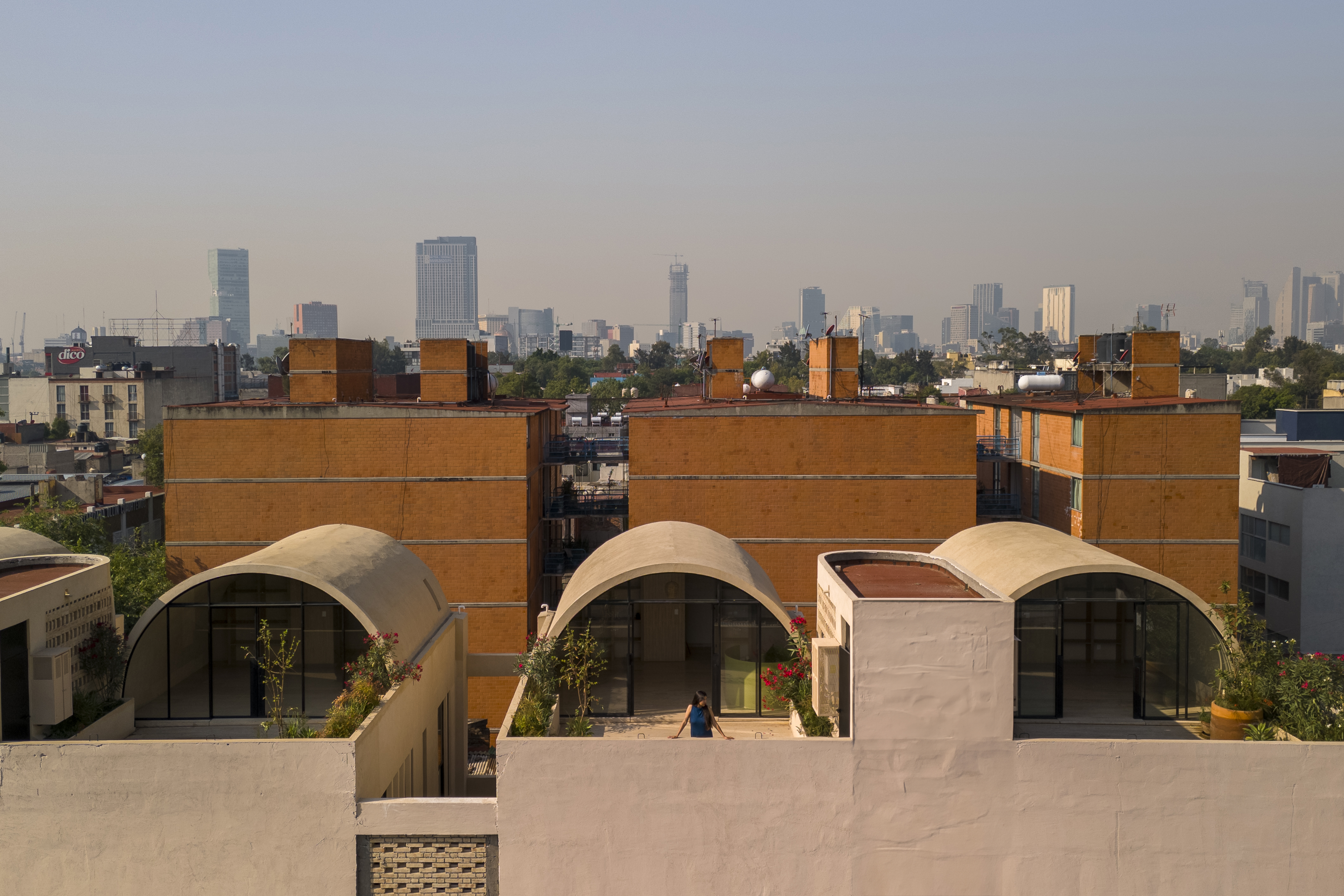 A barrel vault rooftop adds drama to these homes in Mexico City
A barrel vault rooftop adds drama to these homes in Mexico CityExplore Mariano Azuela 194, a housing project by Bloqe Arquitetura, which celebrates Mexico City's Santa Maria la Ribera neighbourhood
By Ellie Stathaki
-
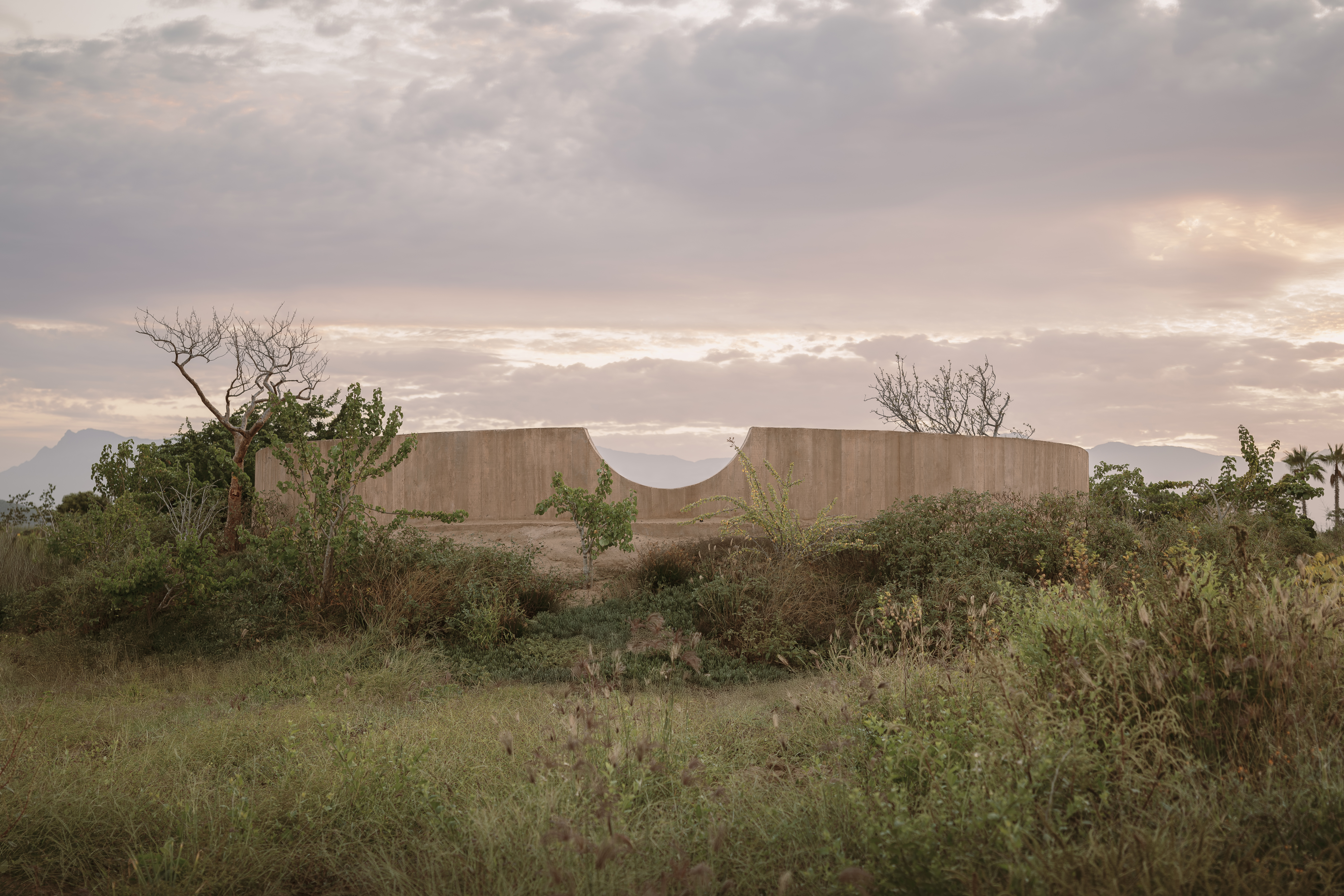 Explore a minimalist, non-religious ceremony space in the Baja California Desert
Explore a minimalist, non-religious ceremony space in the Baja California DesertSpiritual Enclosure, a minimalist, non-religious ceremony space designed by Ruben Valdez in Mexico's Baja California Desert, offers flexibility and calm
By Ellie Stathaki
-
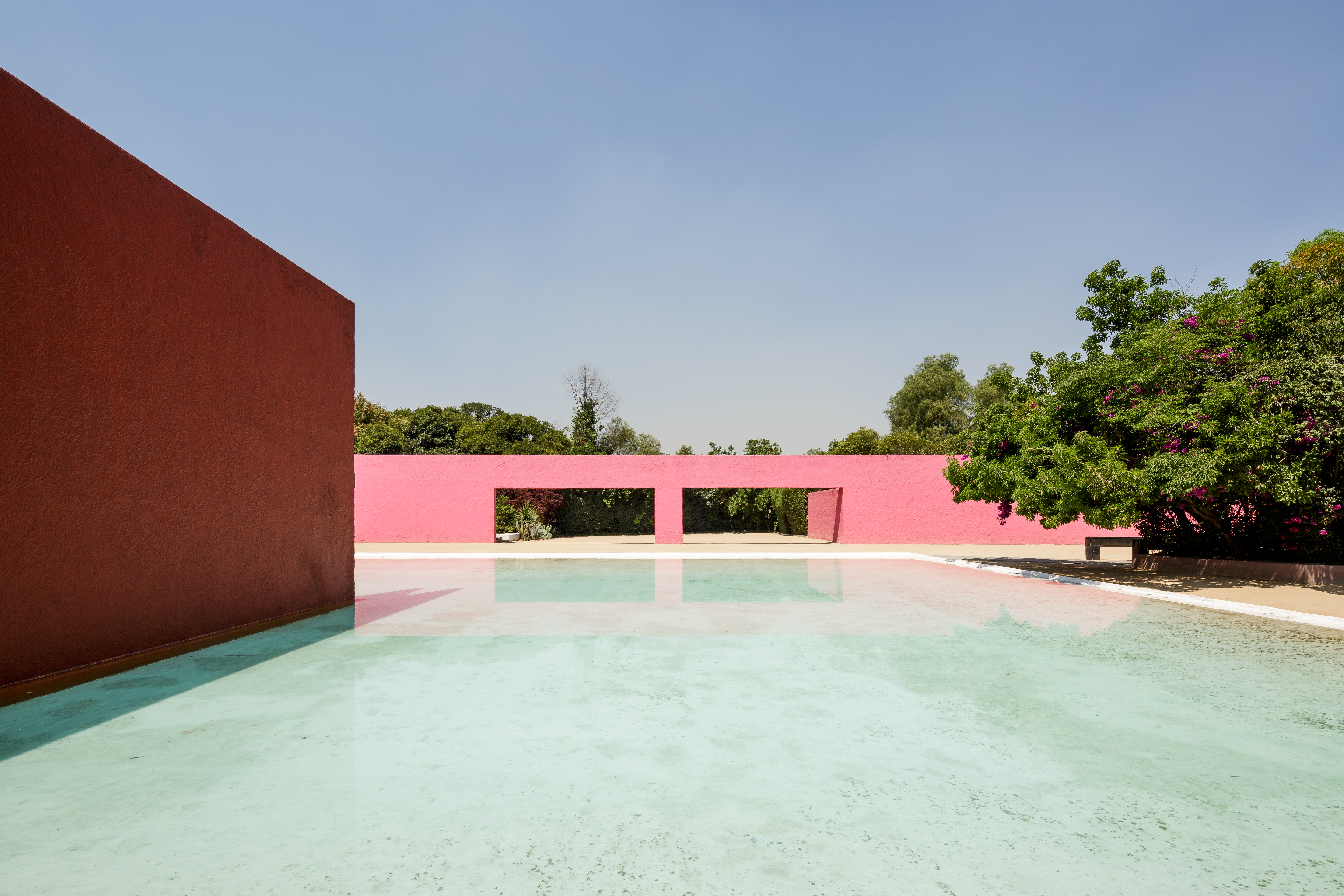 La Cuadra: Luis Barragán’s Mexico modernist icon enters a new chapter
La Cuadra: Luis Barragán’s Mexico modernist icon enters a new chapterLa Cuadra San Cristóbal by Luis Barragán is reborn through a Fundación Fernando Romero initiative in Mexico City; we meet with the foundation's founder, architect and design curator Fernando Romero to discuss the plans
By Mimi Zeiger
-
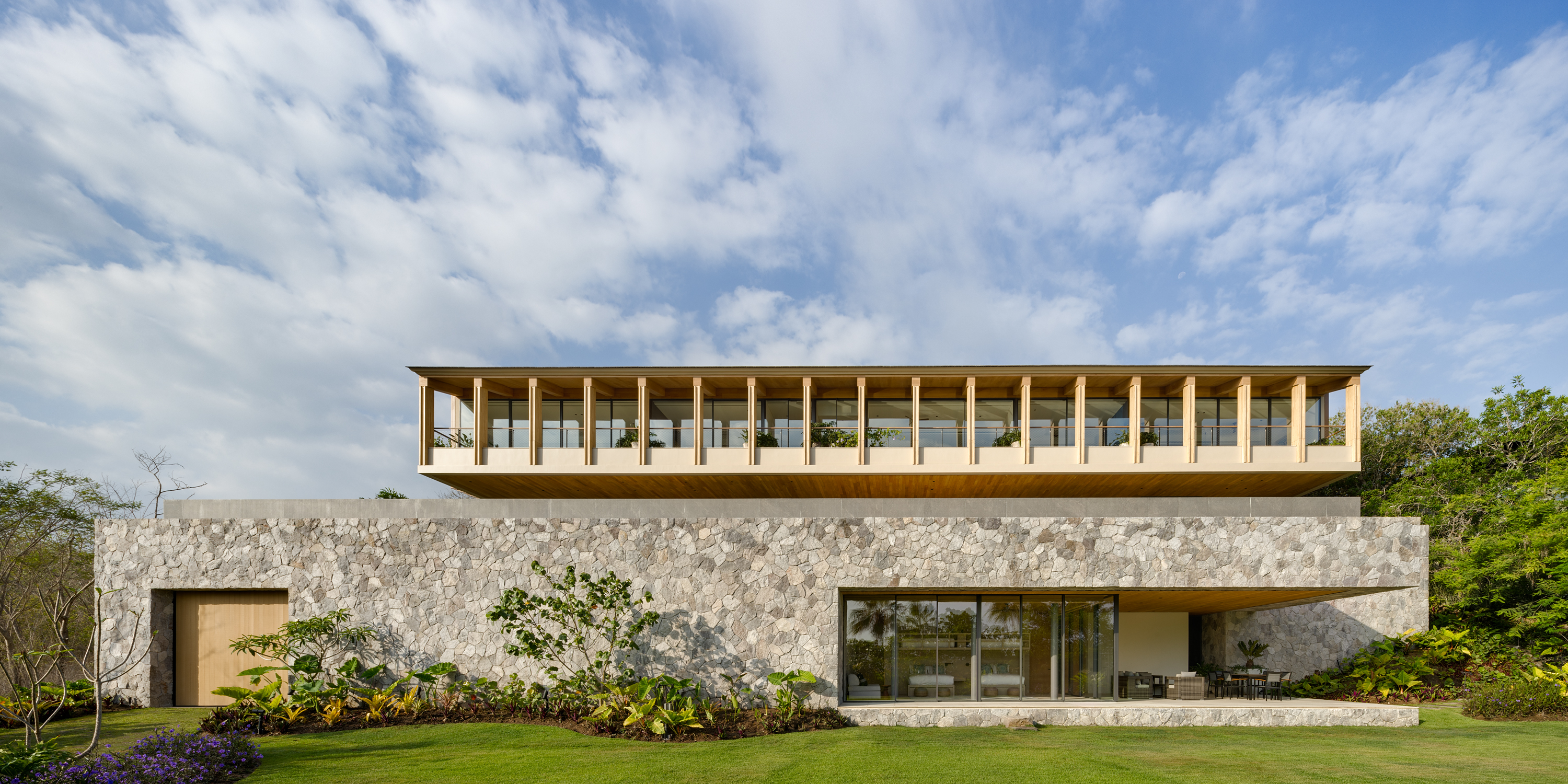 Enjoy whale watching from this east coast villa in Mexico, a contemporary oceanside gem
Enjoy whale watching from this east coast villa in Mexico, a contemporary oceanside gemEast coast villa Casa Tupika in Riviera Nayarit, Mexico, is designed by architecture studios BLANCASMORAN and Rzero to be in harmony with its coastal and tropical context
By Tianna Williams
-
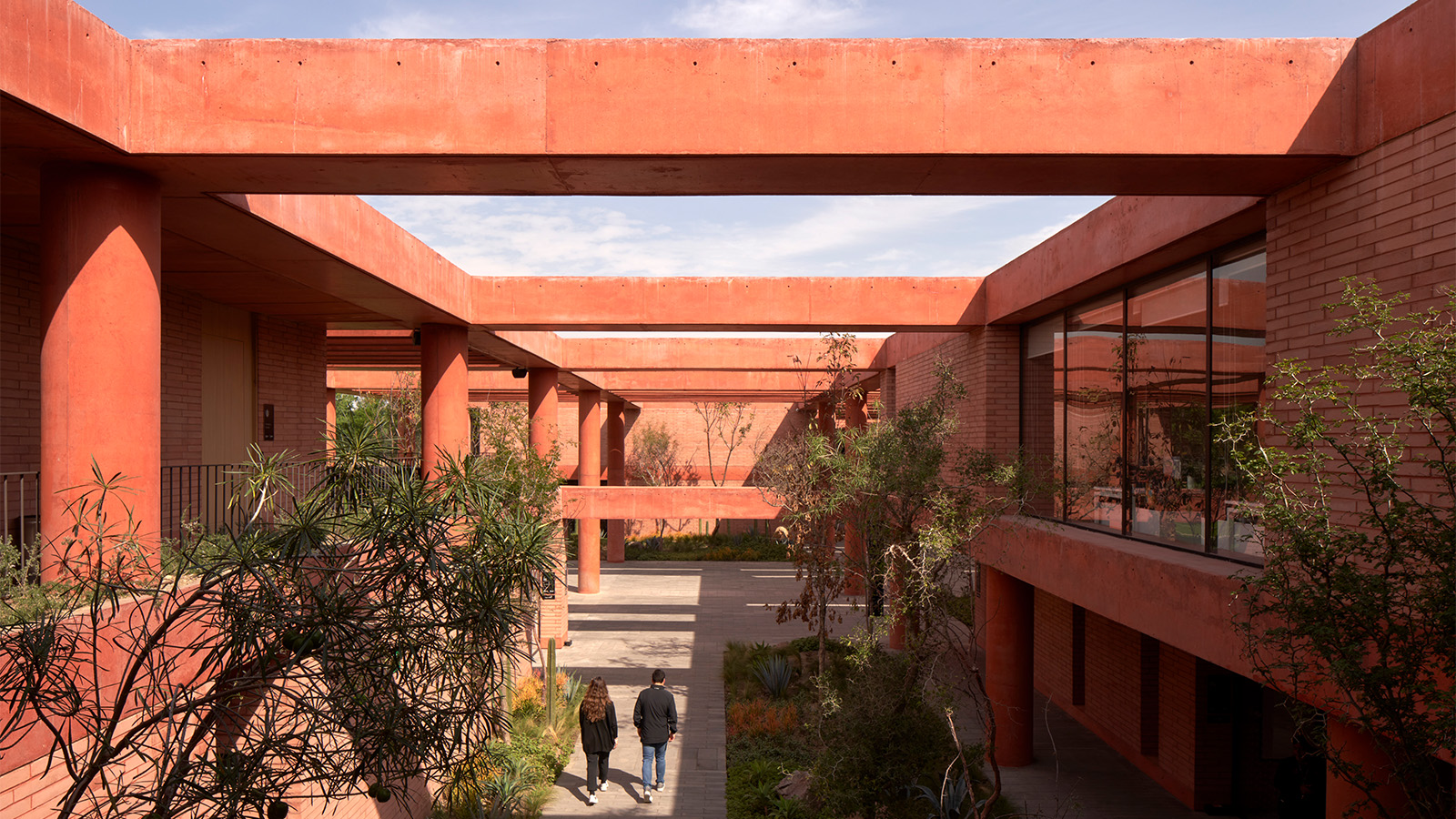 Mexico's long-lived football club Atlas FC unveils its new grounds
Mexico's long-lived football club Atlas FC unveils its new groundsSordo Madaleno designs a new home for Atlas FC; welcome to Academia Atlas, including six professional football fields, clubhouses, applied sport science facilities and administrative offices
By Tianna Williams
-
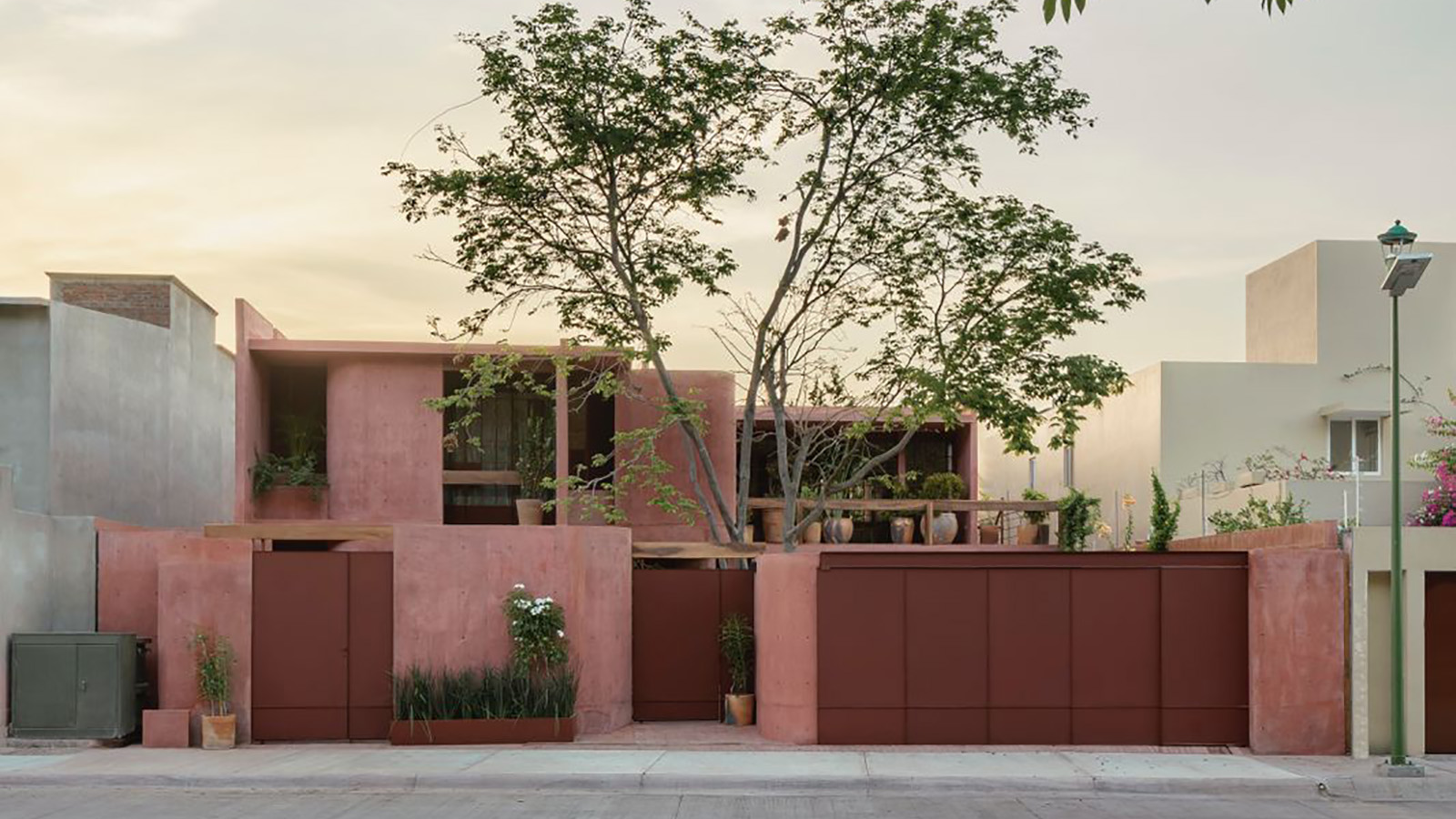 Discover Casa Roja, a red spatial exploration of a house in Mexico
Discover Casa Roja, a red spatial exploration of a house in MexicoCasa Roja, a red house in Mexico by architect Angel Garcia, is a spatial exploration of indoor and outdoor relationships with a deeply site-specific approach
By Ellie Stathaki
-
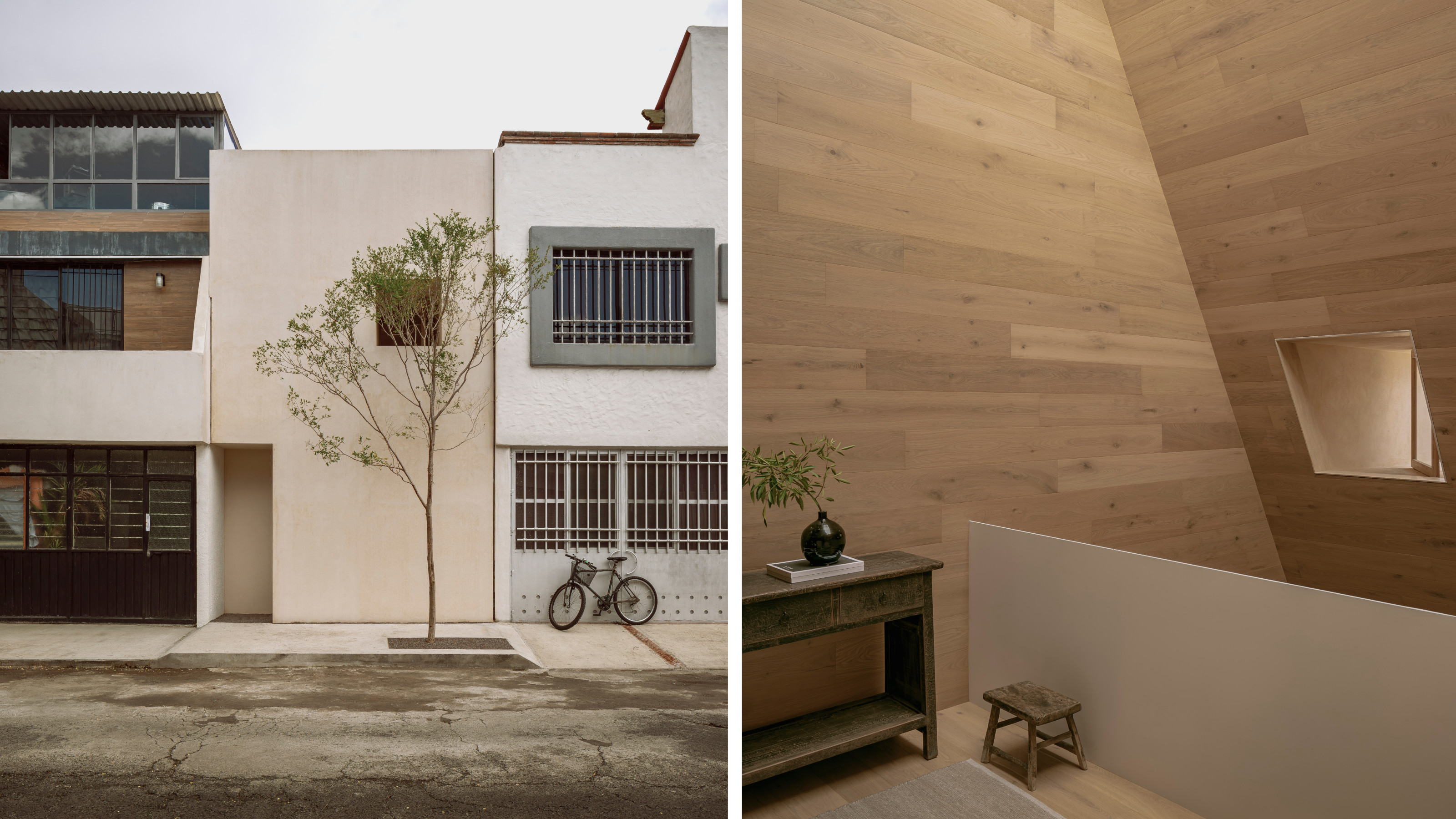 HW Studio’s Casa Emma transforms a humble terrace house into a realm of light and space
HW Studio’s Casa Emma transforms a humble terrace house into a realm of light and spaceThe living spaces in HW Studio’s Casa Emma, a new one-bedroom house in Morelia, Mexico, appear to have been carved from a solid structure
By Jonathan Bell